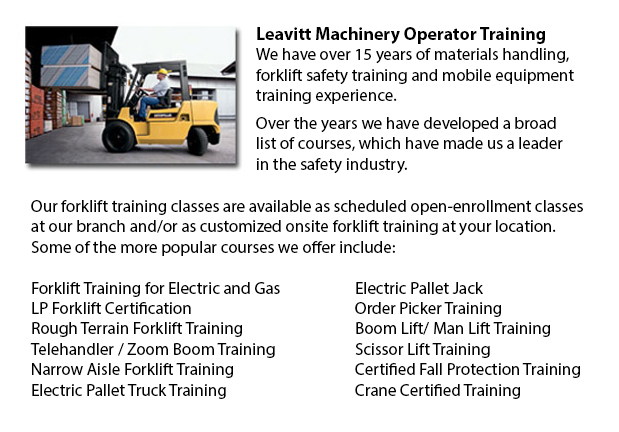
As a world leader in forklift trucks, Hyster consistently strives for excellence in product quality and safety. However, it began as a producer of lifting machinery as well as winches. Most of its production was concentrated in the Pacific Northwest and dealt primarily with the wood and logging industry. A couple years after the first forklift trucks were invented Hyster became synonymous with quality manufacturing. Over the last eighty years Hyster has continued to expand and grow its product line. The growth of its products coupled with its desire to stay service oriented has allowed Hyster to mature into the international player it is at the moment.
Some of the most important inflection points in Hyster's past occurred between the 1940's and the 1960's. In 1946, Hyster opened a plant in Danville, Illinois that was completely devoted to mass manufacturing trucks. This allowed Hyster to drive its costs down and, simultaneously, offer a better quality product at industry aggressive prices. In 1952, Hyster began its first foray in to the international production market through opening its first plant in the Netherlands. The Netherlands plant was originally designed to produce two products: Hyster 40" and the Karry Kranes.
Hyster continued to aggressively expand its manufacturing operations all the way through the 1950's and 60's. They started constructing container handlers in the US in 1959 to satisfy the ever expanding demand for transportation goods. In 1966, Hyster developed a means for enabling a lift truck to go both forward and backwards using the same pedal. This pedal was labeled the Monotrol pedal, which revolutionized the industry. Later on in the decade Hyster opened a R and D centre in Oregon that was concentrated on enhancing the design and performance of forklifts. The centre is still one of the world's greatest testing facilities in the materials handling industry.
The sixties was characterized by rapid growth throughout the whole materials handling industry. Due to this, Hyster considered it necessary to refocus its approach towards these growing mass markets. As a result, in 1970, the XL design philosophy was born. The XL design philosophy allowed Hyster to offer greater quality at a more affordable price. A further expansion in production capabilities was necessitated by the need in Europe for Internal Combustion Engine Trucks. To fill this hole, a plant in Craigavon, Ireland was opened in 1980. Through the 80's Hyster continued to focus on developing industry leading lift trucks. The Hyster brand name was recognized throughout the globe for its commitment towards superiority. This attention to quality brought many suitors for the enterprise. In 1989, a large multinational business based in Ohio called NACCO Industries purchased Hyster and started an aggressive growth strategy. NACCO rapidly changed the XL philosophy with a more driver oriented truck that concentrated on operator comfort, which is recognized as the XM generation of lift trucks.
The changing requirements of Hyster's consumers, led by changes in supply chain management, required Hyster to continuously innovate and make investments in modern manufacturing systems throughout the next few decades. Acquisitions and investments were made in the United States, Italy, Netherlands, and numerous other places all over the globe. All of these investments have made Hyster a world leader in the lift truck market. Recently, Hyster celebrated its 80th anniversary as an industry leader of materials handling equipment, which consists of more than 300 assorted models of forklift trucks.
-
Toyota Forklift
In the U.S., Toyota Materials Handling inc., or TMHU, continues to be the best selling lift truck provider since 1992. This business has been headquartered out of Irvine, California for well over 40 years, providing a wide-ranging line of quality lif... More -
Aerial Lifts
Aerial lifts can be utilized to accomplish numerous distinctive tasks done in hard to reach aerial spaces. A few of the duties associated with this style of lift include performing daily maintenance on structures with prominent ceilings, repairing ph... More -
Scissor Lifts
The scissor lift or platform lift, is a mechanized industrial lift that has been tailored to be used in retail, wholesale, manufacturing and production settings. Industrial scissor lifts have been used mainly within production and manufacturing facil... More -
Komatsu Forklift
Komatsu Forklift U.S.A. Inc. has a very good reputation for building dependable and resilient forklifts. Komatsu is recognized around the globe as a corporation with a prosperous heritage while preserving an outstanding benchmark of innovation and qu... More -
Boom Lifts
Boom lifts are equipment that has a platform that could be lowered or raised to many heights, thus making this piece of equipment an important necessity in a wide variety of professions. Offered in quite a few specific types such as aerial hoists, sc... More

Forklift Training Marysville
TOLL FREE: 1-888-254-6157
Marysville, Washington
forklifttrainingmarysville.com
Email Us
About Us


